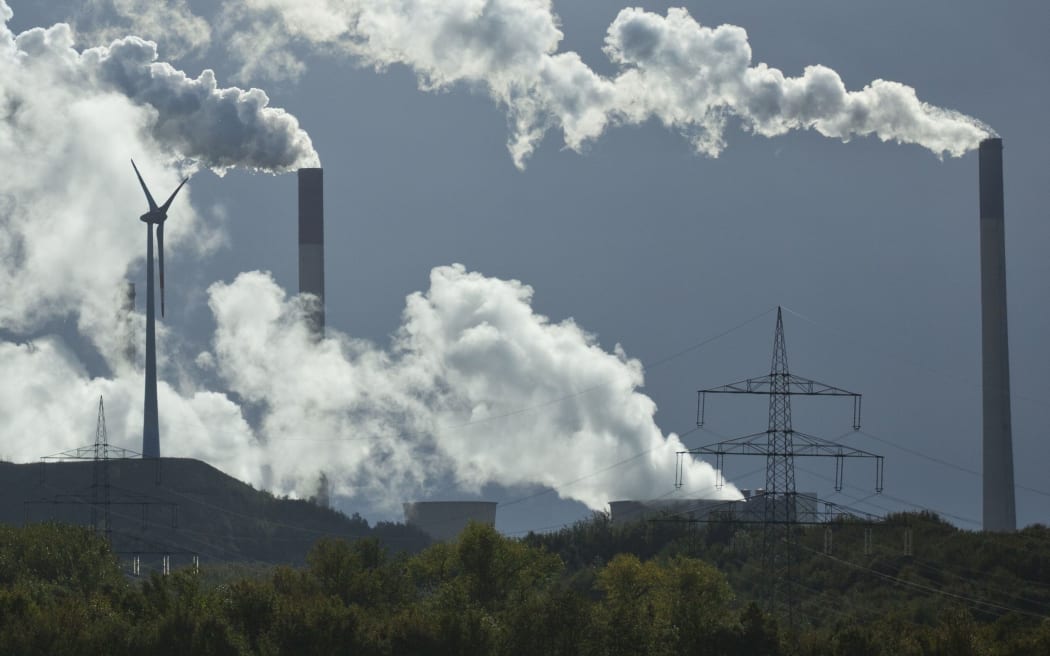A veteran economist who helped set up the Emissions Trading Scheme is arguing that industry does not do as well out of free allocations of greenhouse gas credits as is commonly believed.

Photo: AFP
The Ministry for the Environment has just produced figures showing that in 2014, the Crown supplied 5 million credits, worth around $30m, to large companies that trade overseas.
The recipients include New Zealand Steel, which received 1,073,489 credits.
At a current market price of $6.80 per unit, that would be almost $7.3m ($7,299,725.2).
Also getting lots of Government-paid credits was the Methanex plant in Taranaki, which makes methanol for export from natural gas.
That picked up 777,432 credits, worth almost $5.3m ($5,286,537.6).
Other large recipients were the aluminium smelter, Fletcher's Holcim Cement and Carter Holt Harvey.
The money was paid under a system that shields big export companies from meeting the full cost of their greenhouse gas emissions.
These companies already benefit from the so-called two for one scheme, under which 50 percent of the costs of emissions are absorbed by the Government.
In addition, trade exposed industries get an extra subsidy amounting to between 60 and 90 percent of their emissions.
The theory is that these companies could easily set up office overseas if New Zealand's emissions regime becomes too harsh and might end up paying nothing at all in more lenient countries than New Zealand.
The argument goes that it is better to keep them here where they pay something rather than let them go offshore and pay nothing.
This has been widely criticised as a giveaway to big business by critics of Government policy.
But Suzi Kerr of the economics analysts Motu said that was not the case.
Motu helped set up the Emissions Trading Scheme.
Ms Kerr said companies in fact did pay more than people think.
She argues the special grants given to trade exposed industries do not mean that industry as a whole gets special favours, because only 5.1 million credits were free out of a total of 30.2 million that were surrendered to government under the ETS.
"If you look at the total number of emissions that people are liable for, it is much greater than the number of units that are given away for free," she said.
"In fact only about 16 percent of the emissions that have to be covered by firms in New Zealand were freely allocated, which is far less than in California or Europe."
That meant 84 percent of eligible emissions had to be paid for.
Ms Kerr conceded that did necessarily mean all companies were financially stung, because they were sometimes able to meet their obligations with cheap credits bought for just a few cents from Eastern Europe, and that gave some firms a windfall.
But she noted that loophole had subsequently been closed.
And she added that the whole aim of the exercise was to avoid New Zealand lowering its emissions by simply moving high emitting production offshore, which would do the global environment no good.
The Emissions Trading Scheme is supposed to make companies that emit greenhouse gases such as carbon dioxide pay money to companies that absorb carbon dioxide such as forestry companies.
It does that through a system that trades so-called carbon credits.
The aim is to use a market system to encourage good behaviour and penalise bad behaviour through the buying and selling of those credits.

